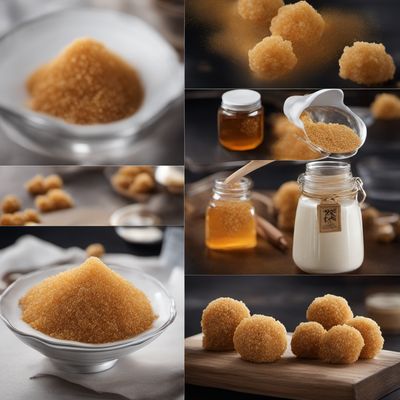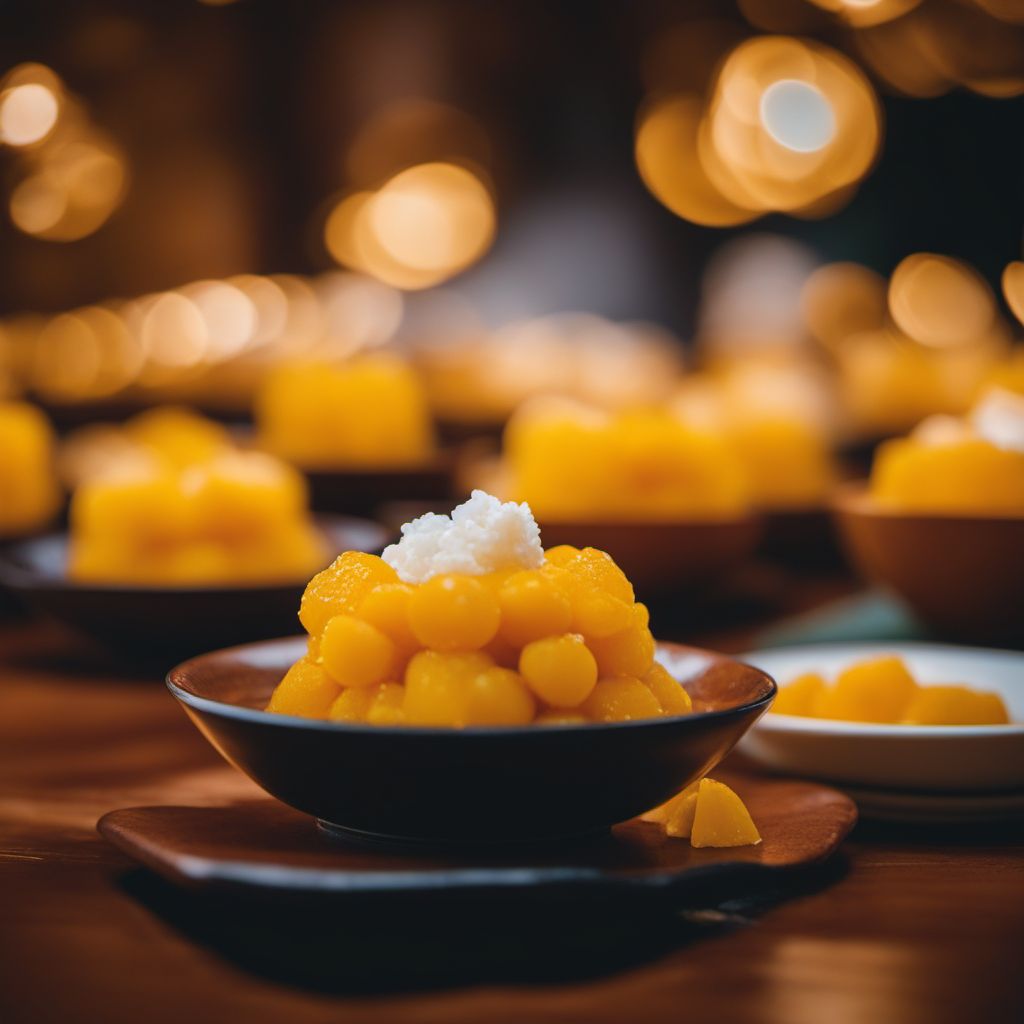
Dish
Thong yip
Thong yip is made by mixing egg yolks with sugar and then steaming the mixture until it becomes firm. The dessert is then shaped into small, round balls and served on a bed of pandan leaves. Thong yip is a popular dessert in Thailand and is often served alongside other traditional Thai sweets such as mango sticky rice and coconut ice cream.
Origins and history
Thong yip is believed to have originated in the royal court of Thailand during the Ayutthaya period (1351-1767). It was a favorite dessert of the royal family and was often served at banquets and special occasions. Today, thong yip is a popular dessert throughout Thailand and is often served at weddings and festivals.
Dietary considerations
Thong yip is high in sugar and cholesterol due to the use of egg yolks. It is not suitable for those with egg allergies or who are on a low-cholesterol diet.
Variations
There are many variations of thong yip, including thong yod (made with egg whites instead of yolks) and thong ek (made with both egg yolks and whites). Some recipes also call for the addition of coconut milk or pandan extract for flavor.
Presentation and garnishing
Thong yip is traditionally served on a bed of pandan leaves, which add a fragrant aroma to the dessert. It is often garnished with edible gold leaf or flowers for a decorative touch.
Tips & Tricks
To make thong yip, it is important to use fresh, high-quality eggs. The egg yolks should be beaten until they are light and fluffy before adding the sugar. The mixture should be steamed gently to prevent it from becoming too dry or overcooked.
Side-dishes
Thong yip is often served with other traditional Thai sweets such as mango sticky rice and coconut ice cream. It can also be served with tea or coffee.
Drink pairings
Thong yip is often served with tea or coffee.
Delicious Thong yip recipes
More dishes from this category... Browse all »
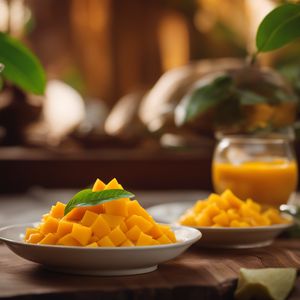
Aamras
Indian cuisine
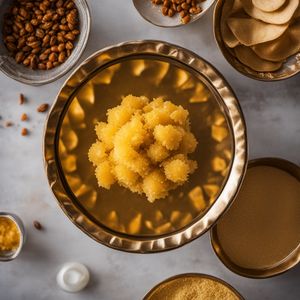
Aasmi
Indian cuisine
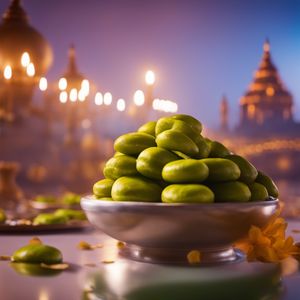
Agra petha
Indian cuisine

Aiyùbīng
Taiwanese cuisine

Ajdnek
Slovenian cuisine
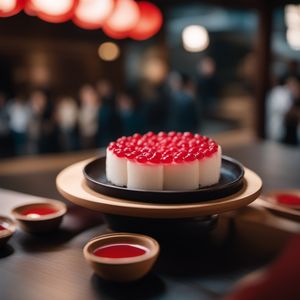
Akafuku
Japanese cuisine
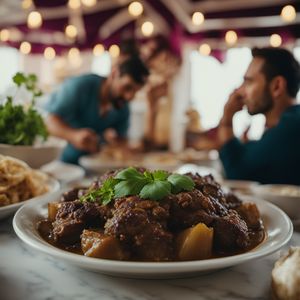
Akanés
Greek cuisine

Akumaki
Japanese cuisine
More cuisines from this region... Browse all »
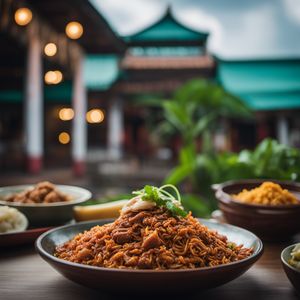
Bruneian cuisine
Bold, Complex, Spicy, Savory, Sweet

Burmese cuisine
Salty, Sour, Spicy, Umami, Sweet
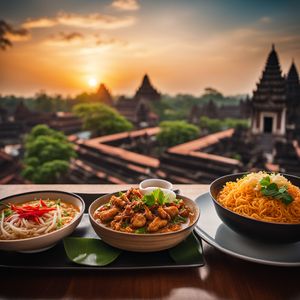
Cambodian cuisine
Salty, Sour, Spicy, Umami, Sweet
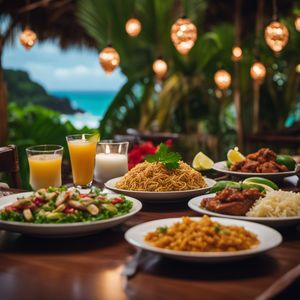
Christmas Island cuisine
Salty, Sour, Spicy, Umami, Sweet
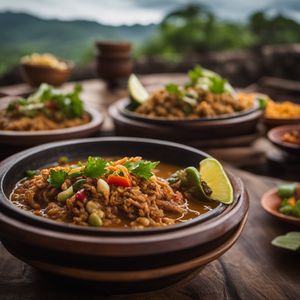
East Timor cuisine
Spicy, Savory, Sweet, Sour, Umami
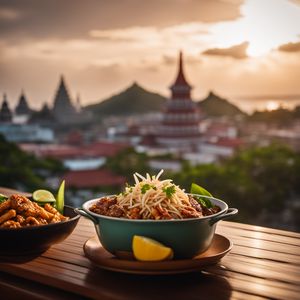
Filipino cuisine
Sweet, Sour, Savory, Spicy, Umami
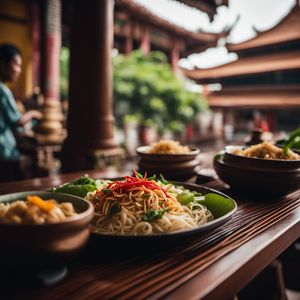
Lao cuisine
Savory, Spicy, Sour, Umami
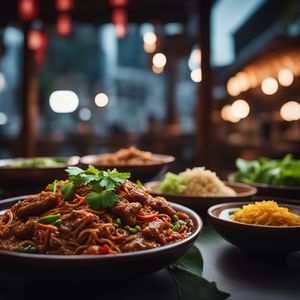
Malaysian cuisine
Spicy, Sweet, Sour, Savory

